Isshinji Temple: A Modern Design and Statues of Bone
The Tennoji area of Osaka City is famous for its many old temples and shrines. While Shitenno-ji, one of the most ancient temples in Japan, is the most popular, nearby Isshinji Temple [一心寺] is also popular among Osakans. Not only is Isshinji famous for its rich history, but its unique Buddha statues made of human bones! Here, past and present literally meet!
The History of Isshinji Temple
Isshinji dates back to 1185, when Honen [法然], the founder of the Jodo sect, built a little hut on the current temple site where he could practice nissokan [日想観]. Nissokan is a meditative practice in which monks face west during sunset and envision what heaven looks like. The hill Honen chose for his hut was particularly famous for beautiful sunsets, as is much of the Tennoji area. Even Emperor Shirakawa came to practice nissokan here too.
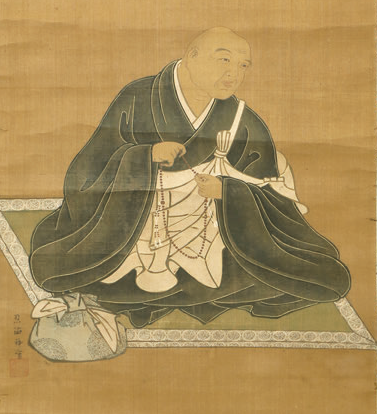
It is unclear when Isshinji went from a meditation hut and became a proper temple, because as power began to settle in Kyoto, Osaka became somewhat of a forgotten city. It wasn’t until the 15th century when Hideyoshi’s wife, Nene, donated a large sum of land and many temple buildings to Isshinji that the temple could once again flourish.
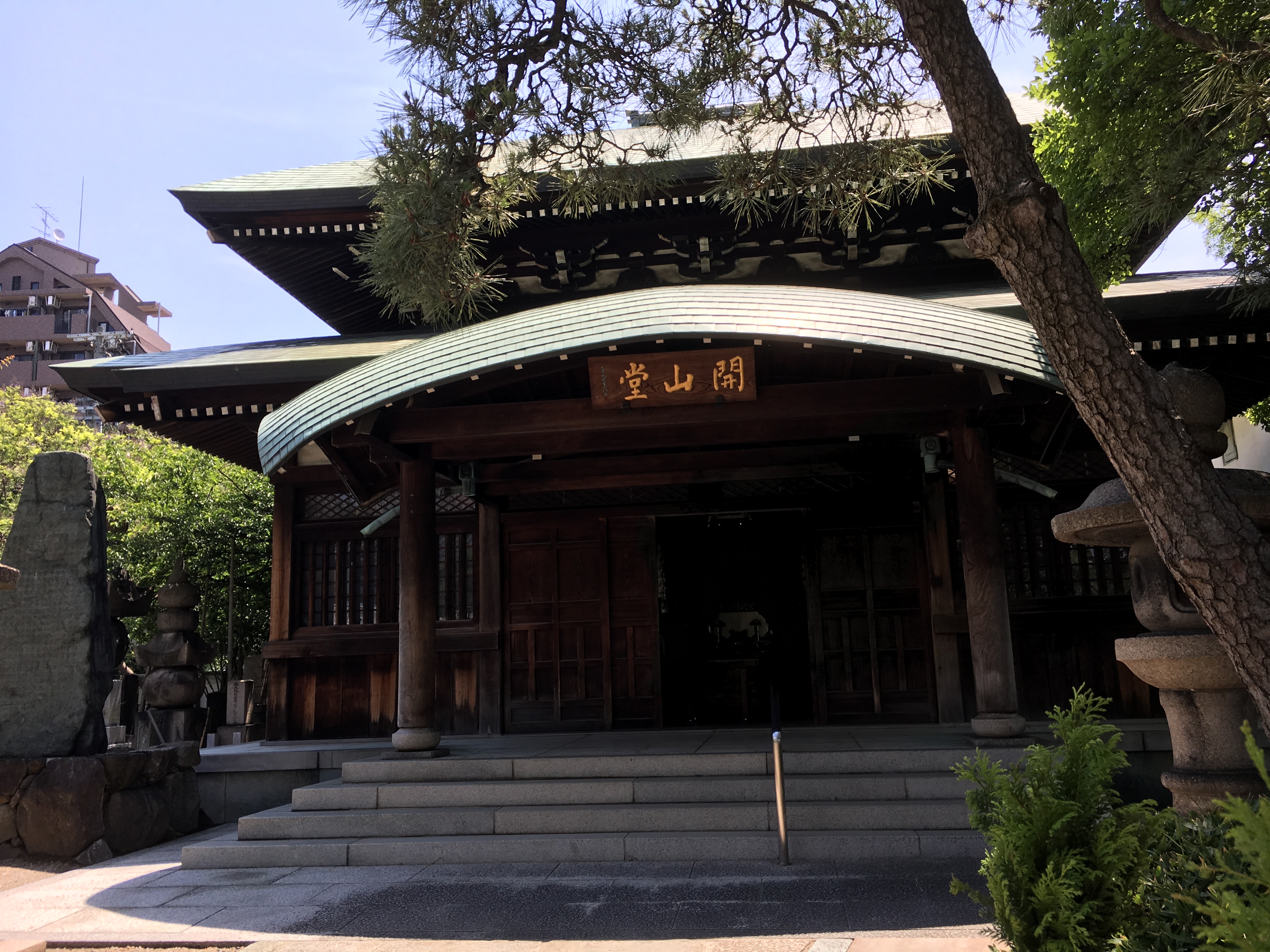
Another fortunate event at Isshinji was that they held the funeral for Tokugawa Ieyasu’s eighth son, Senchiyo, helping to establish good ties with Ieyasu. Ieyasu even set up camp in Isshinji during the Winter Campaign in the Siege of Osaka. Willingly allowing Ieyasu to stay in their temple at this time was certainly unusual, since many people in Osaka strongly favored the Toyotomi clan.
Temple Grounds
Despite its long history, the Osaka Fire Raids of WWII destroyed the entire temple, so all the current buildings in the temple are very modern looking.
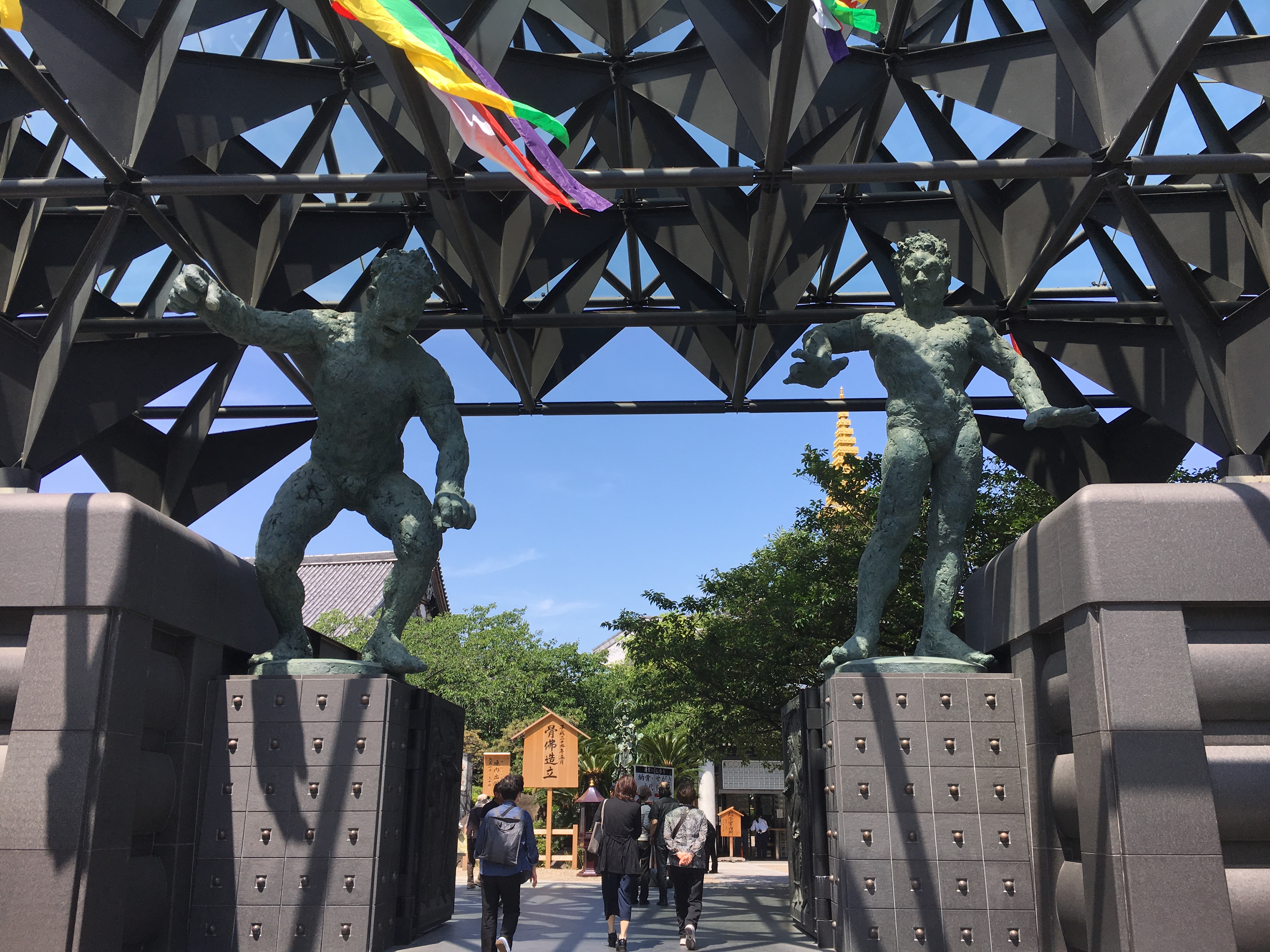

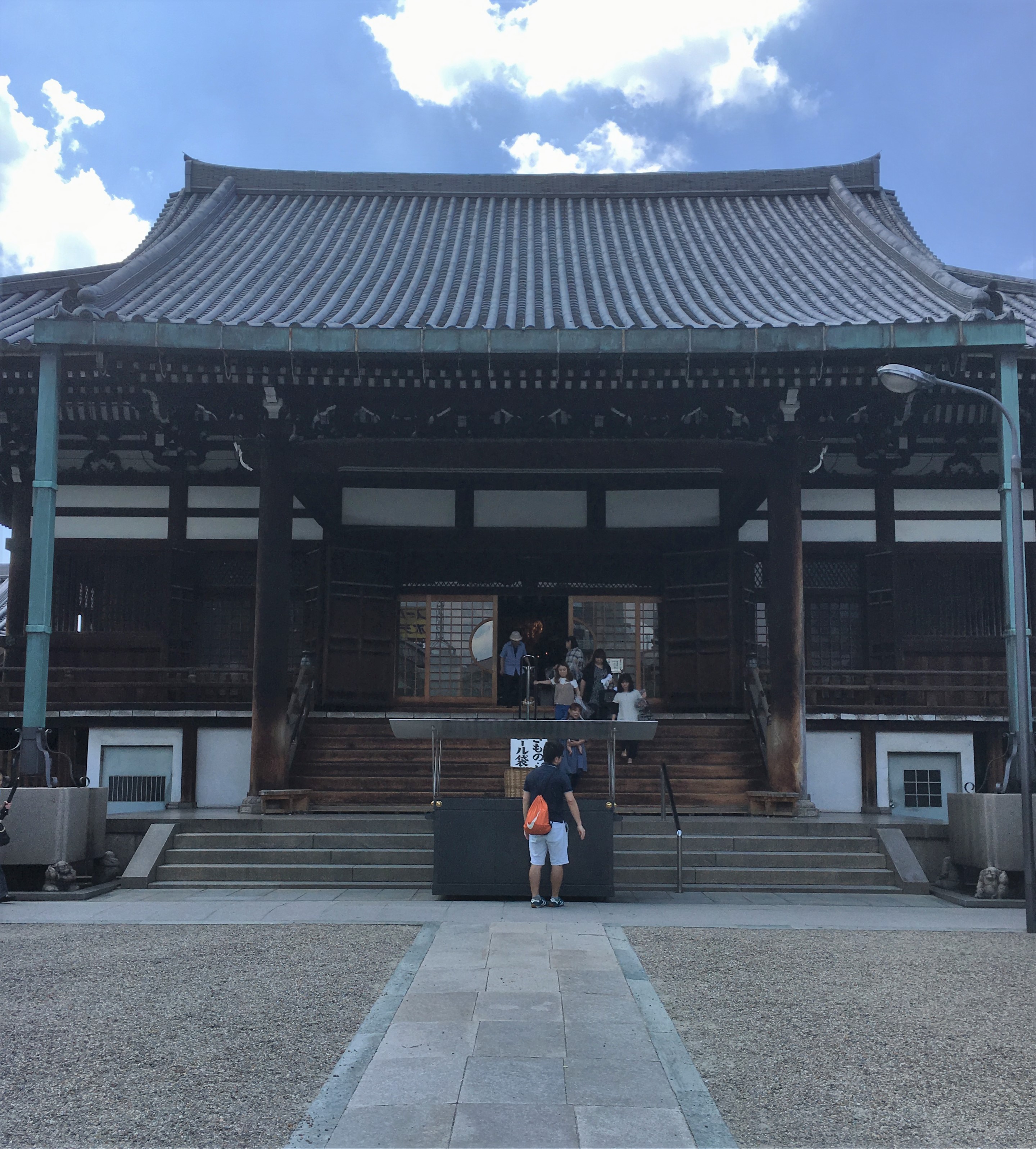
By far, the most iconic thing at Isshinji are the Buddha statues made of human bones. In Japan, when people die the bodies are crimated and their ashes are stored in a grave. However, if you don’t have grave for some reason, or have nobody to take care of your grave, you can choose to donate your ashes to a temple. In 1887, Isshinji made their first Buddha statue out of the bones of some 50,000 people. Today, Isshinji makes a new statue every ten years. The statues are stored in two buildings, the Nokotsudo and the Okotsubutsudo, which are right next to each other.


As a side note, Isshinji willingly accepts a persons ashes regardless of that individual’s religious beliefs in life and will incorporate those ashes in their statues.
Points of Interest
The Grave of Honda Tadatomo
Isshinji contains the graves of many famous people. Among those, the most famous is the grave of Honda Tadatomo [本田忠朝].

Tadatomo was one of Tokugawa Ieyasu’s retainers who unfortunately lost a decisive battle in the winter campaign of the Siege of Osaka. The reason for his defeat? He was drunk. His carelessness earned him a harsh and humiliating reprimand from Tokugawa. To regain his honor, he fought valiantly in the summer at the Battle of Tennoji. During the battle, Tadamoto received a fatal blow and at the moment of his death, swore to help people suffering from alcoholism. Today, people seeking Honda’s help donate rice paddles at his grave.
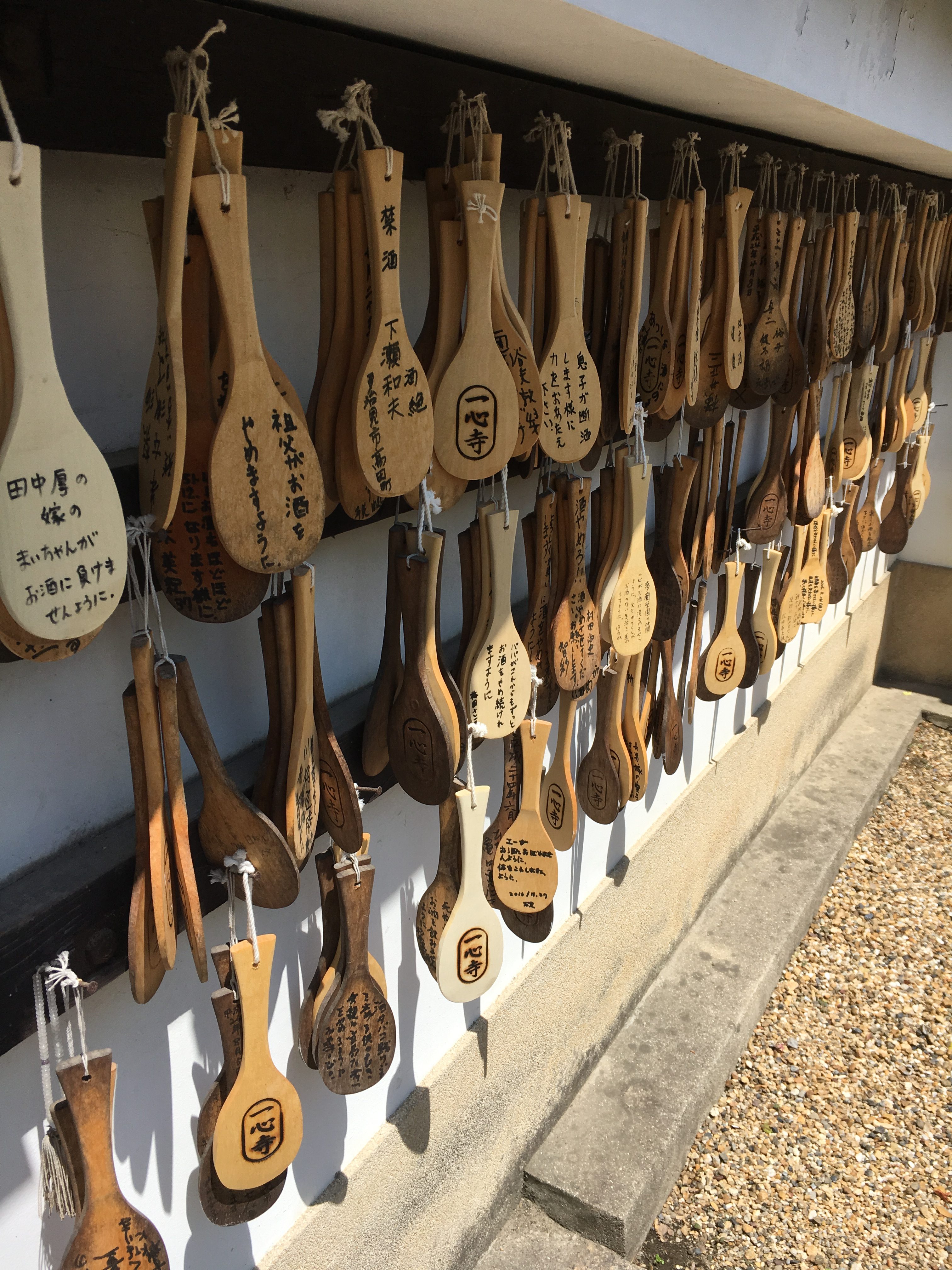
Isshinji Sanzenbutsu-do
Just outside and to the east of the main temple grounds of Isshinji is the Sanzenbutsu-do [三千仏堂], which was also designed by Mr. Takaguchi. Though the building may not look like a temple, it enshrines roughly 1,000 Buddha statues
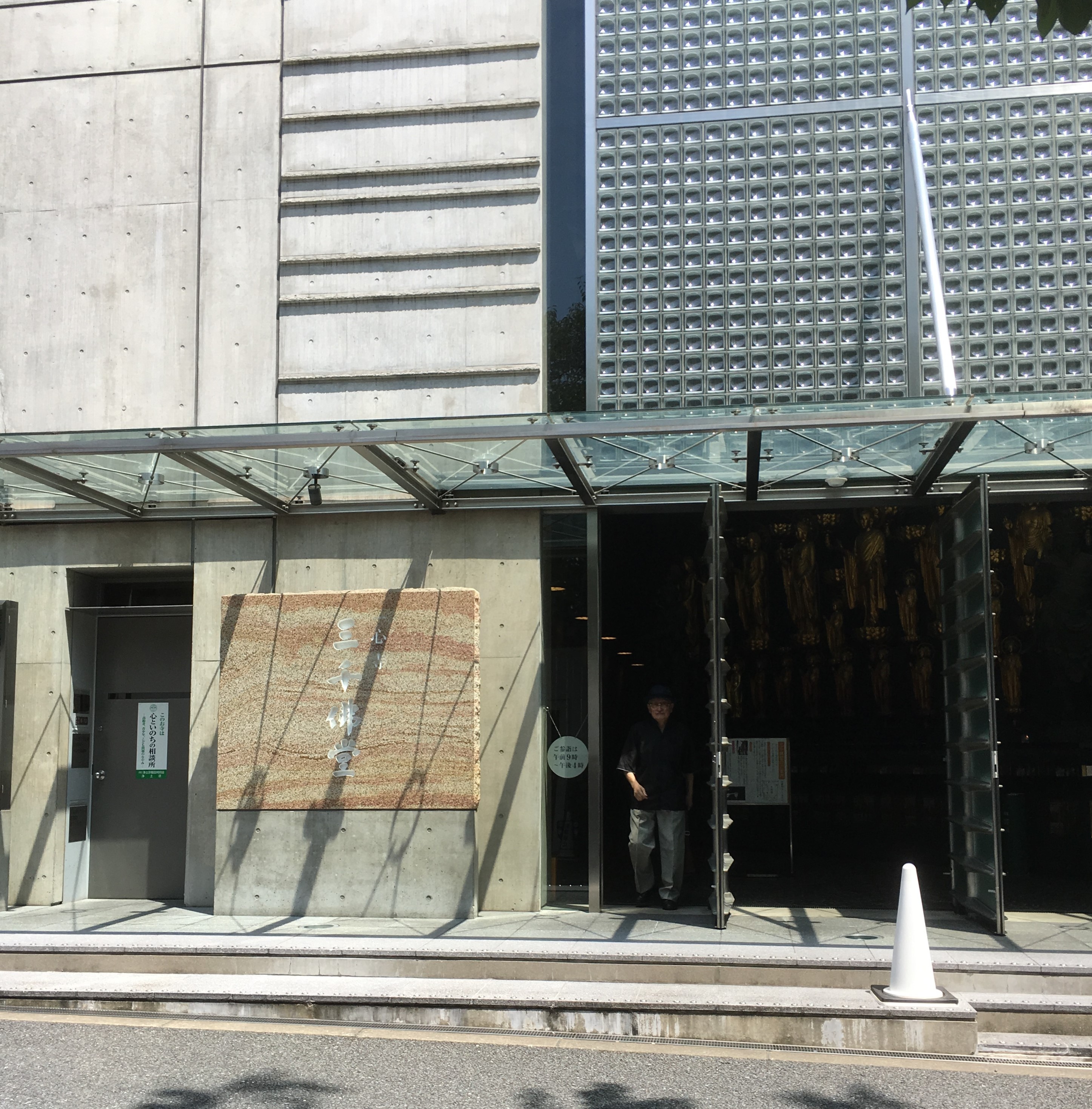

Visitors are supposed to walk around the statues, clockwise. In doing so, you can pray to the Buddhas of the past, present and future. One your first pass, you will see a thousand statues, and after three rounds, you can see three thousand, or sanzen butsu in Japanese.

Information: Isshinji Temple
| Address |
| 2-8-69 Osaka, Tennoji Ward, Osaka City
|
| Getting to |
| 15 minutes on foot from Tennoji Station off the Osaka Loop Line or Osaka Metro Tanimachi or Midosuji Line.
|
| Opening Hours |
| 5AM-6PM
|
| Entrance Fee |
| Free
|
| Notes |
|
|

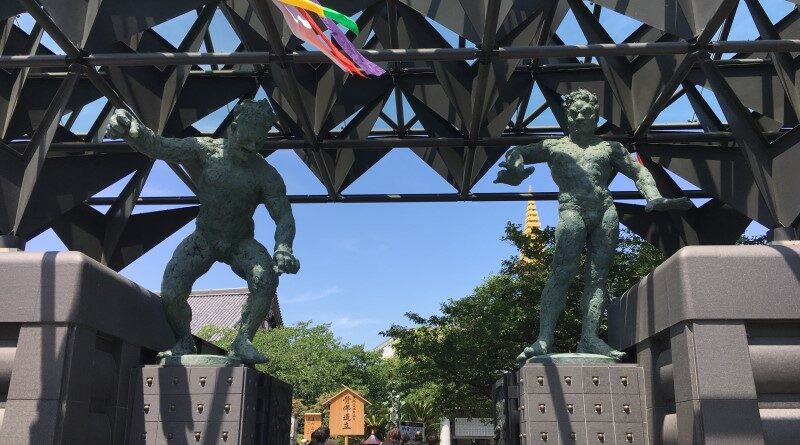
Leave a Reply